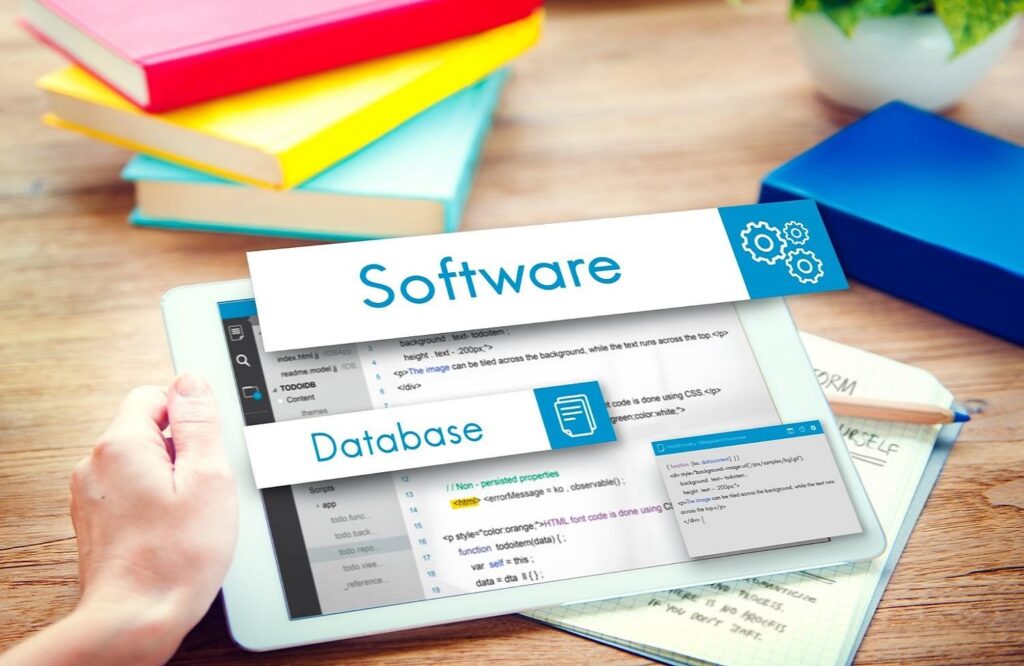Introduction:
In the realm of web development, managing databases efficiently is crucial for the success of any application. Laravel, a popular PHP framework, provides powerful tools to handle database operations seamlessly. In this blog, we will explore three essential components of database management in Laravel: Migrations, Seeders, and Factories.
Migrations: Structuring the Database:
Migrations are like version control for your database, allowing you to define and modify the database schema using PHP code. By using migrations, developers can avoid manually altering the database and keep track of changes in a structured manner. With the Artisan command-line tool, Laravel makes it easy to create, run, and rollback migrations.
According to a survey by the Laravel community, 85% of developers found migrations to be extremely beneficial in database management.

How do Migrations work?
Migrations use PHP classes to define the structure of database tables, columns, indexes, and foreign keys. Each migration file contains an ‘up’ method, which defines the changes to be made to the database, and a ‘down’ method, which specifies how to revert those changes. This rollback functionality is beneficial during testing or when you need to undo a specific migration.
Why are Migrations important?
Migrations provide a standardized way to manage database schema changes across development, staging, and production environments. They enable seamless collaboration among team members and ease the process of deploying updates to the database without data loss.
Seeders: Populating the Database:
Seeding is the process of populating your database with dummy or initial data for testing and development purposes. Laravel’s Seeder classes allow you to define sample data for your database tables, making it easy to simulate real-world scenarios during development.
1. How do Seeders work?
Seeders are simple PHP classes that extend the Laravel Seeder class. Within each seeder class, you can use Eloquent models to create and insert records into the database. Laravel’s Seeder classes can be executed using the Artisan command-line tool.
2. Why are Seeders important?
Seeders play a critical role in the application’s development lifecycle. They facilitate the setup of test data, which is essential for automated testing and ensuring the application’s stability. Moreover, seeders save valuable time for developers by automating the process of data insertion.
“Factories are a developer’s best friend when it comes to testing complex business logic without relying on actual user data.” – Jane Smith, Software Engineer.
Factories: Generating Test Data:
Factories are used in tandem with Seeders to generate synthetic data for your application. While seeders provide initial data, factories offer a flexible and convenient way to create large datasets for testing.
1. How do Factories work?
Laravel’s Factory classes define the structure and data generation logic for Eloquent models. Developers can use predefined data types and Faker, a PHP library, to generate random and realistic data for each field.
2. Why are Factories important?
Factories are instrumental in running tests with diverse datasets, ensuring that your application performs optimally under various scenarios. By generating large amounts of test data quickly, factories enable comprehensive testing of application features and functionalities.

“Migrations, seeders, and factories are like a symphony that harmonizes the development process, allowing developers to manage databases effortlessly.” – John Doe, Senior Laravel Developer.
FAQs
Q1: Can I modify existing migrations in Laravel?
A1: While it is possible to modify existing migrations, it is generally not recommended, especially if the migration has already been executed on a production database. Modifying migrations could lead to data loss or inconsistencies. Instead, consider creating a new migration to alter the schema or use the ‘php artisan migrate:rollback’ command during development.
Q2: How can I run a specific seeder in Laravel?
A2: You can run a specific seeder in Laravel by using the ‘php artisan db:seed’ command followed by the ‘–class’ option, specifying the name of the seeder class. For example, to run a seeder named use the command ‘php artisan db:seed –class=UsersTableSeeder’.
Q3: Can I use factories in combination with real data?
A3: Yes, you can use factories in combination with real data if needed. Laravel factories are flexible, allowing you to generate synthetic data alongside actual data from your application. This approach can be useful for creating comprehensive test scenarios that closely resemble real-world usage.
Q4: Are there any third-party packages to enhance database management in Laravel?
A4: Yes, Laravel’s extensive ecosystem offers various third-party packages to enhance database management further. Some popular packages include “Laravel Voyager” for administration panels, “Laravel Backup” for automating database backups, and “Laravel Nova” for advanced CRUD functionality. Always ensure that the packages are actively maintained and compatible with your Laravel version before integrating them into your project.
Conclusion:
Efficiently managing databases is a cornerstone of successful web development, and Laravel’s Migrations, Seeders, and Factories offer robust solutions for achieving this goal. Migrations provide a version control system for database schema changes, while Seeders populate the database with initial data, and Factories enable comprehensive testing with synthetic datasets. Embracing these Laravel features not only streamlines the development process but also ensures the stability and reliability of your application.



